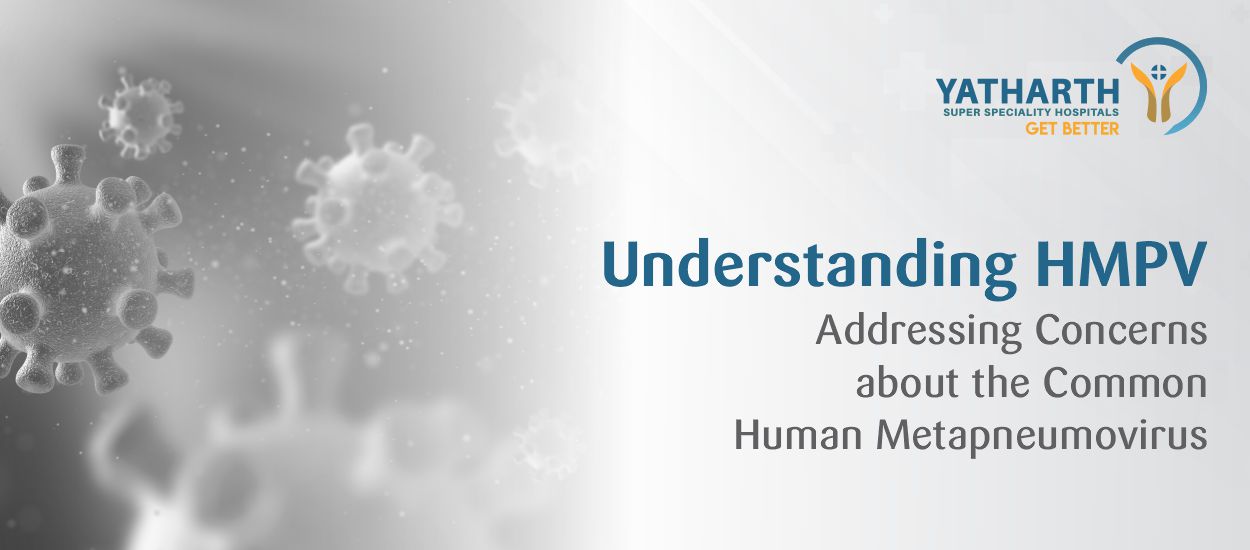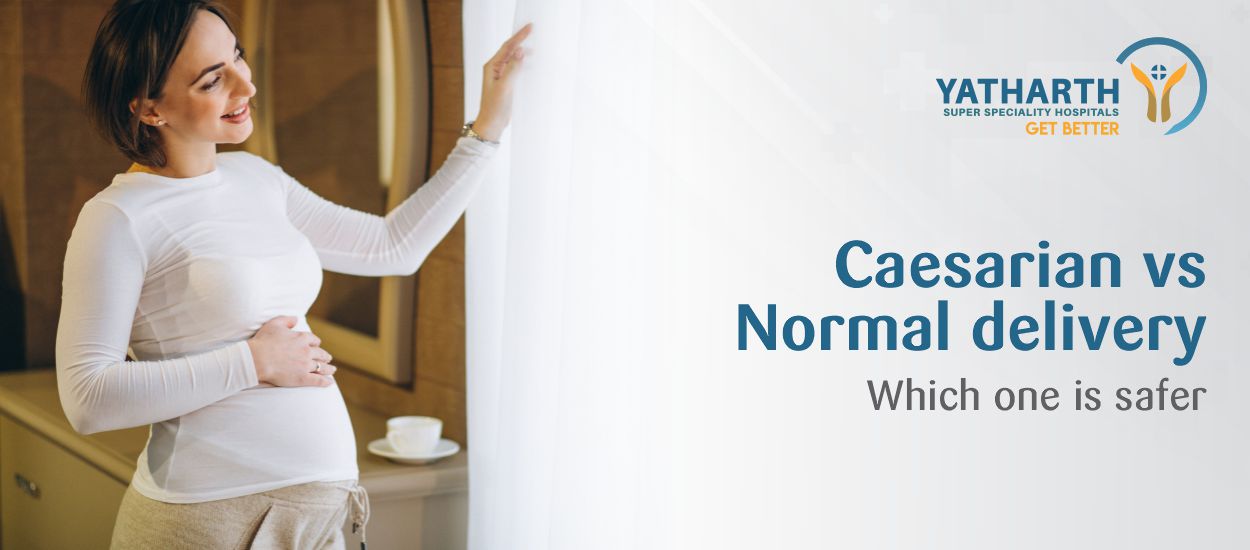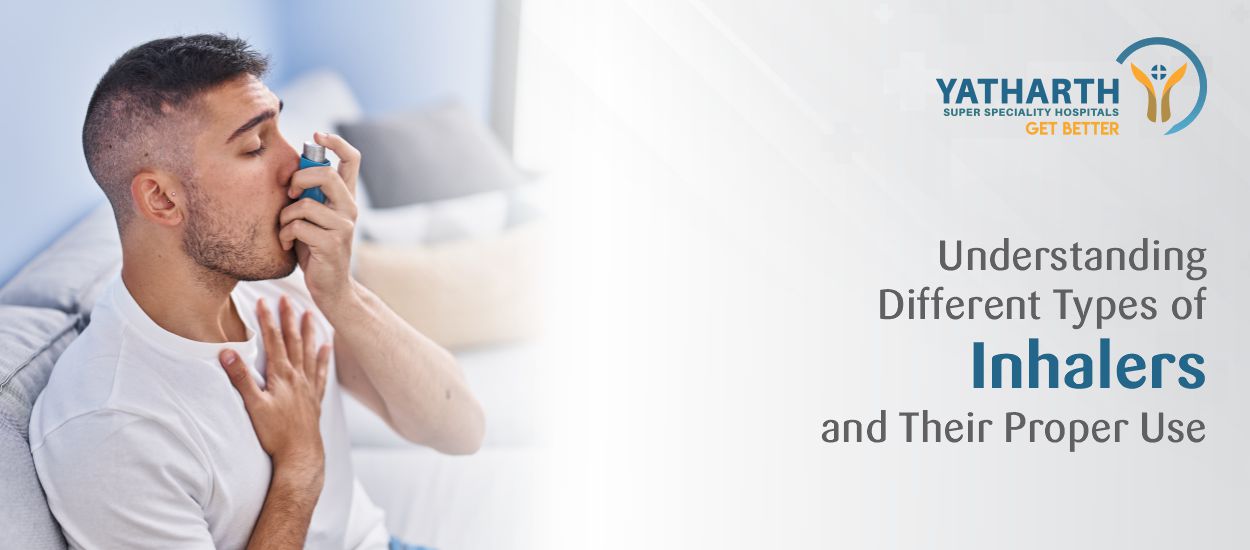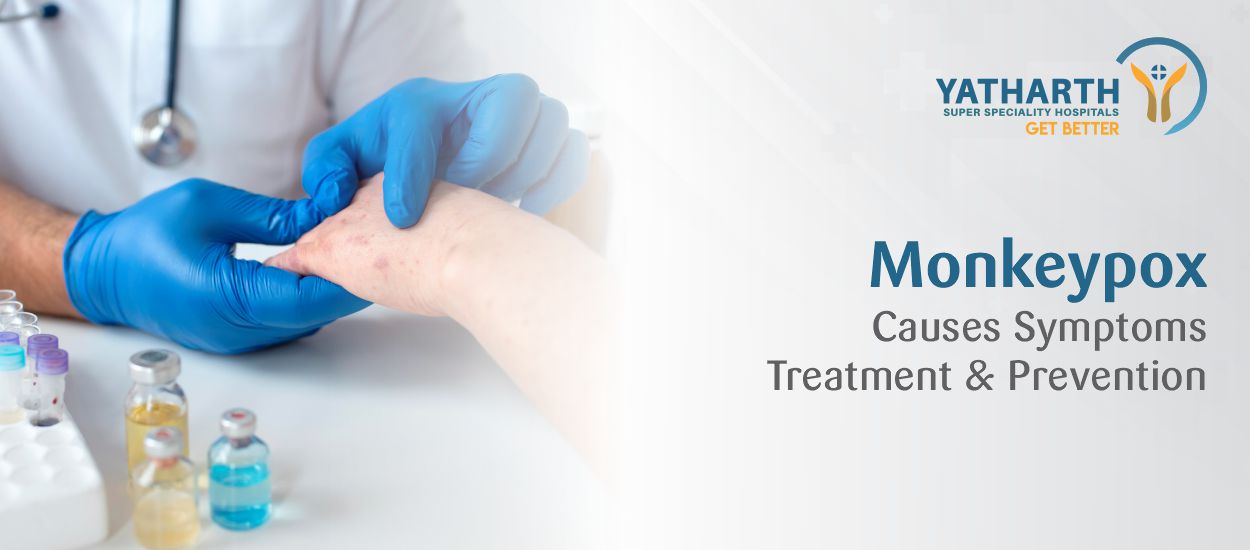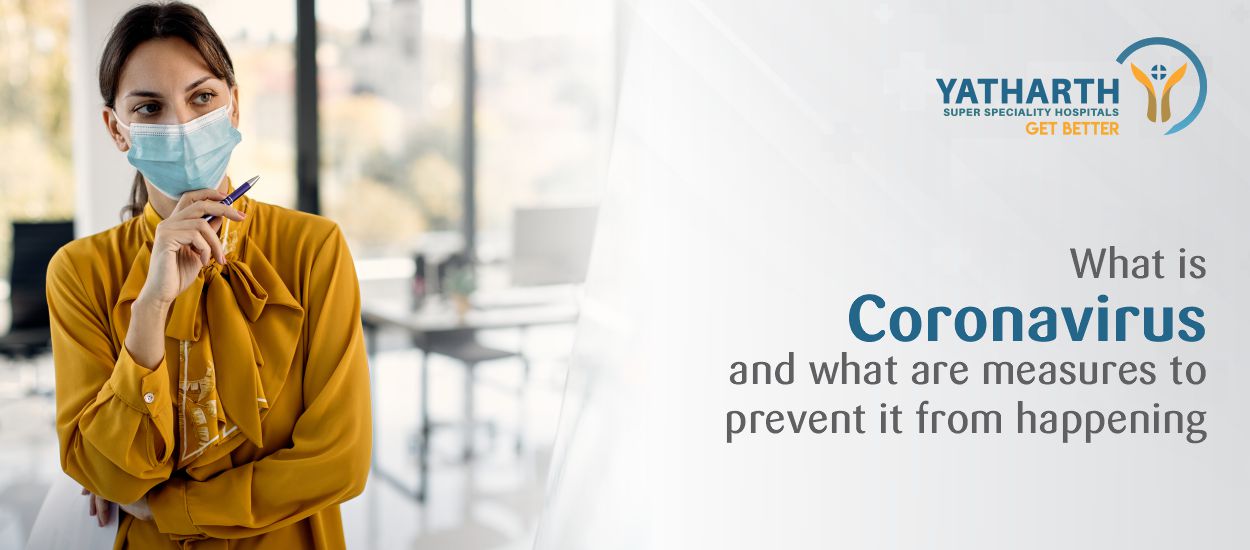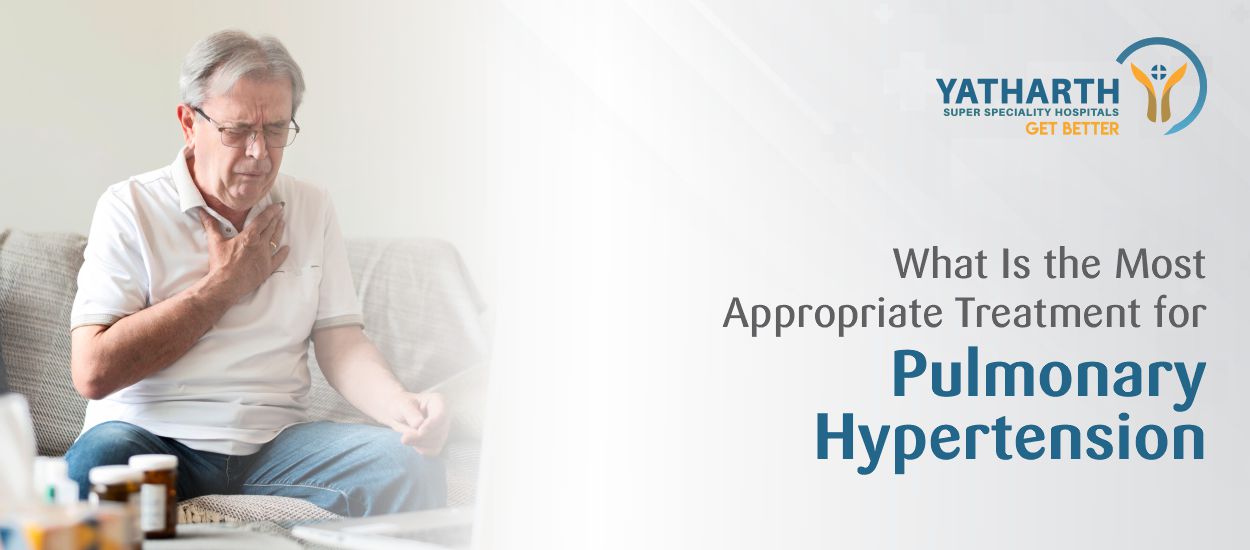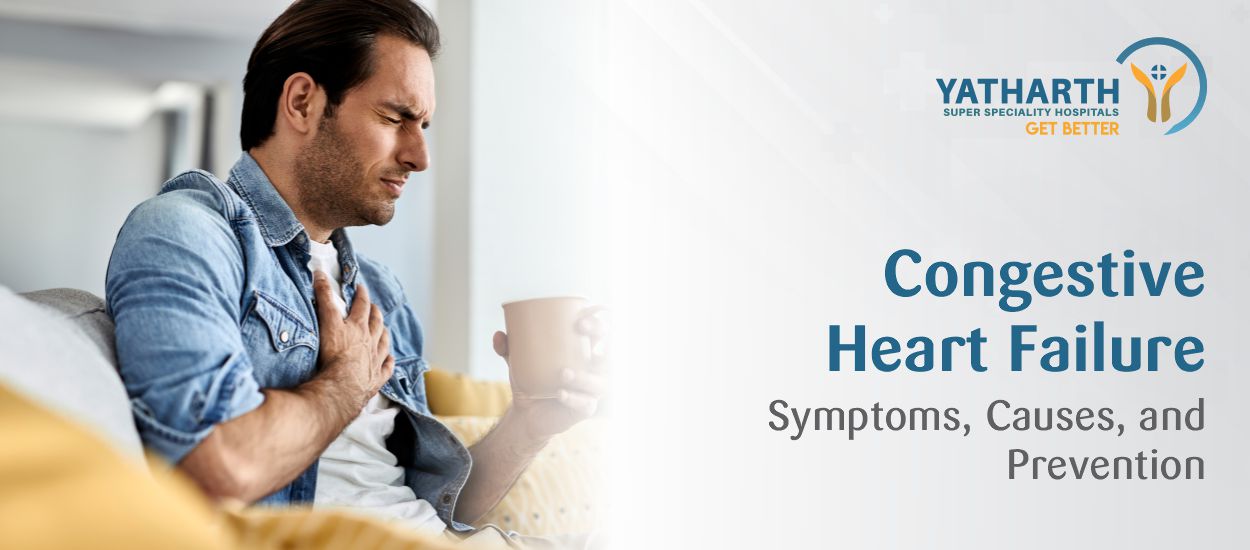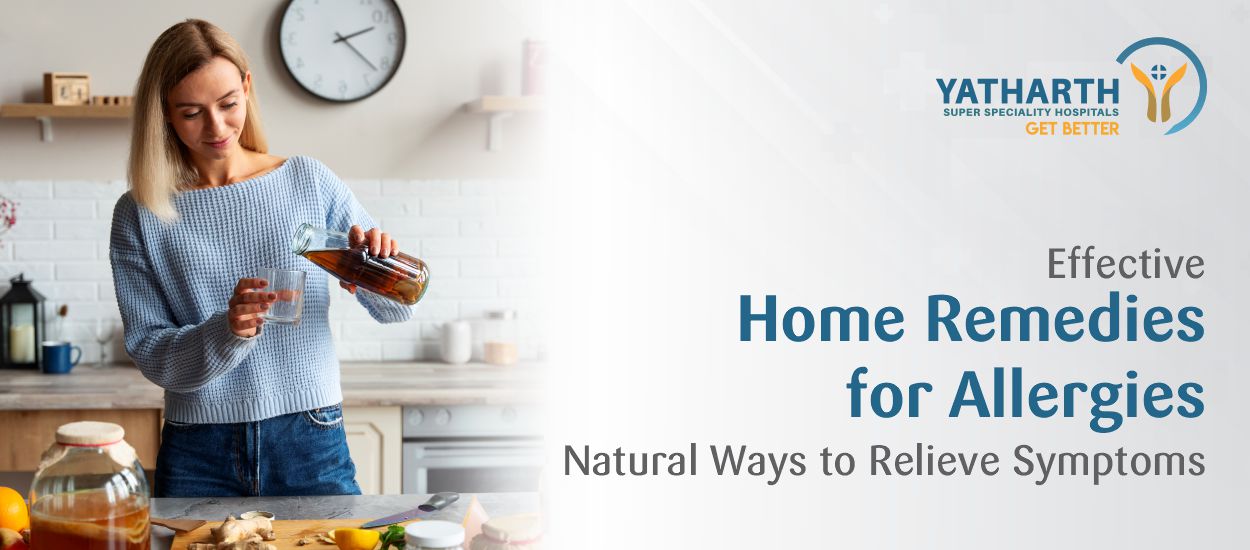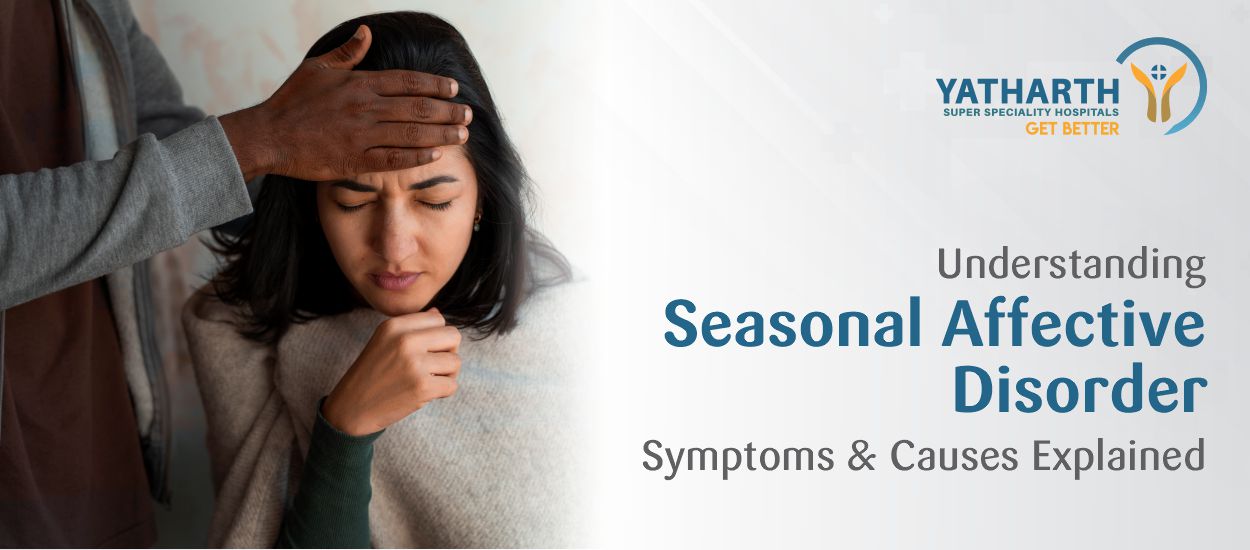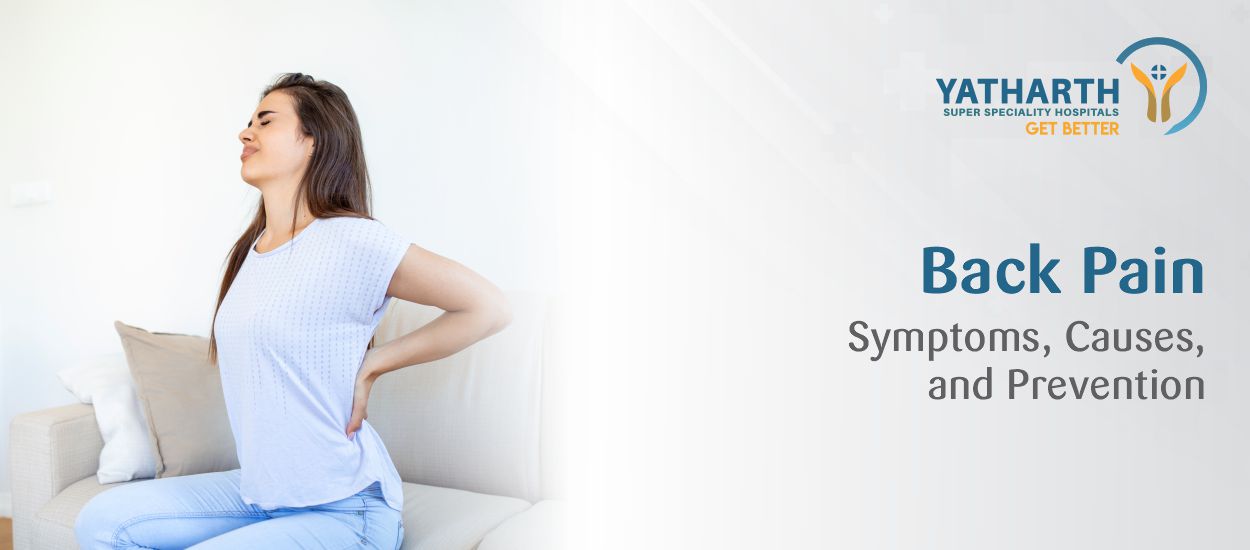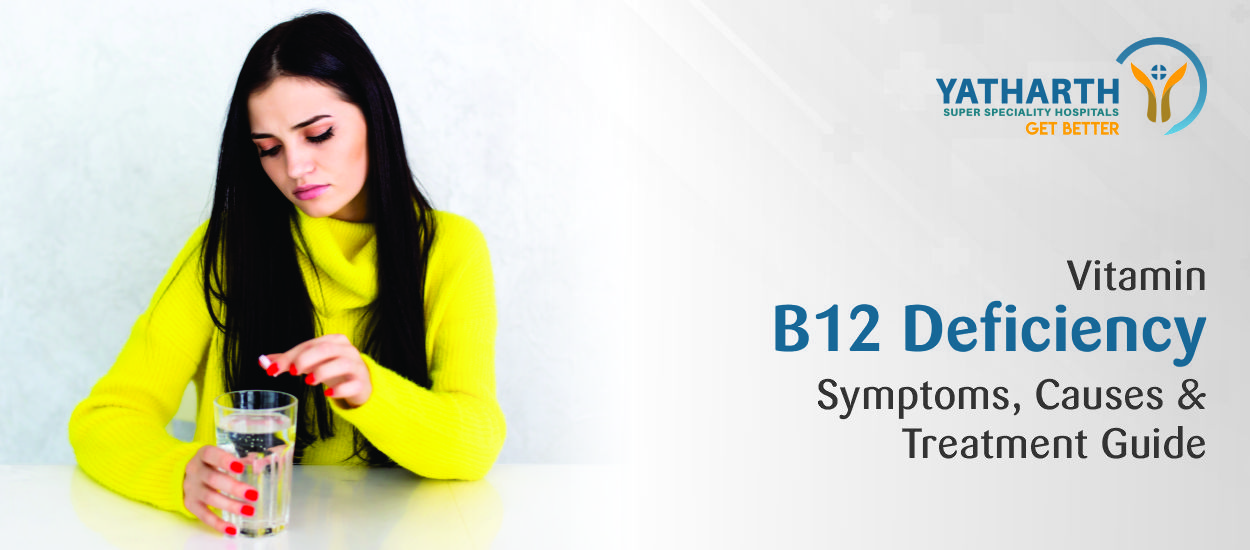Human metapneumovirus (HMPV) refers to a virus exhibiting symptoms similar to the common cold. It can lead to both upper and lower respiratory infections (e.g., pneumonia) or worsen COPD (chronic obstructive pulmonary disease) and bronchial asthma.
Most people contract HMPV before turning five. However, HMPV can occur again, though the symptoms will generally be mild. Children are more prone to falling severely ill when they contract HMPV for the first time. Severe symptoms could also develop in adults who are over 65 years old and those with weakened immune systems or respiratory problems. In a small percentage of children, a lower respiratory tract infection such as pneumonia could develop.
Symptoms and Causes
HMPV symptoms could include cough, cold, sore throat, fever, runny or stuffy nose, wheezing, rash and shortness of breath. HMPV infection can spread through droplets from infected person released while coughing/sneezing and direct contact with an infected person or from touching contaminated things or surfaces. It could spread if infected people cough or sneeze without following preventive practices. Shaking hands with, hugging or kissing infected persons can also cause infection.
In high-risk individuals mentioned above, HMPV could cause complications. Hospitalisation may be needed for serious conditions such as bronchitis, pneumonia, asthma, COPD flare-ups and ear infections (otitis media).
Diagnosis and Treatment
HMPV is generally diagnosed based on the symptoms and health history. A swab will be used to obtain a sample from the person’s nose or throat. Tests will then be done in the lab to check the sample for viruses or other infections.
Since there are no antiviral drugs to treat HMPV, most people can recover at home by managing the symptoms till they are better. But if a child or adult falls severely ill, hospitalisation is necessary. In the hospital, doctors will monitor the infected person to ensure his/her condition doesn’t worsen. This is managed by providing oxygen in case of breathing problems, giving intravenous fluids to keep one hydrated and using corticosteroids to reduce inflammation and mitigate some symptoms.
Antibiotics won’t be used as HMPV is a virus and not a bacteria. Nevertheless, individuals who develop pneumonia due to HMPV could also contract a bacterial infection simultaneously, termed a secondary infection. In such cases, antibiotics are only prescribed to treat the secondary infection.
Why we don’t need to worry too much about HMPV
HMPV isn’t a new virus. It was first reported by virologists from the Netherlands in 2001.[1] Genetic evolutionary evidence suggests it may have diverged from a bird virus anywhere between 200 and 400 years ago. A respiratory virus, akin to the common influenza viruses, it infects people through the nose and throat. Epidemiologist Dr Raman Gangakhedkar, ex-head of Epidemiology & Infectious Diseases at ICMR (Indian Council of Medical Research), states that this virus causes around 5%-10% of all respiratory infections in winter.
So why the sudden scare now? Simply because an outbreak of new cases has occurred in China. After the COVID-19 pandemic, the combination of two words – China + virus – triggers panic globally. Also, diagnostic tests weren’t easily available in clinical practice before the pandemic. Diagnosis through real-time RT-PCR (Reverse Transcription – Polymerase Chain) has changed the scenario.
However, one need not worry unduly because of multiple reasons:
- Typically, HMPV causes less severe symptoms than those triggered by other viruses.
- In most communities globally, children are exposed to this virus before the age of five.
- Therefore, some level of acquired immunity exists among many adults.
- The illness self-resolves within a week, without any specific treatment.
- Ample rest, proper hydration and medication for severe body ache and high fever helps.
- Hospitalisation is required only if pneumonia also occurs.
- But infants, the elderly, those with low immunity and people having pre-existing comorbidities (diabetes, heart ailments, hypertension and lung disease) must take requisite precautions to avoid infection, especially during winter.
- Wearing masks isn’t required unless people in the above risk categories visit crowded public spaces.
-
As there is no specific vaccine or antiviral treatment, prevention is best.3 Since HMPV spreads via direct contact or by touching a contaminated surface, simple precautions such as washing hands frequently, coughing into a hanky and maintaining some distance while speaking with others are advisable.
Like other respiratory ailments, HMPV remains more active in harsh winter conditions and spring.4 This is likely because the winter weather provides viruses with better survival conditions and transmission from infected persons can happen more easily as people largely stay indoors.
Is Prevention Possible?
HMPV cannot be prevented since there is no vaccine available. But given its present primarily mild, non-lethal status, the likelihood of vaccines being required to manage this seasonal virus is remote.
Yet, the risk of contracting HMPV can be limited by:
- Washing hands periodically with soap and water or alcohol-based hand sanitisers.
- Covering the nose and mouth with a mask or elbow (not bare hands) before sneezing or coughing.
- Self isolation by people who have cold or contagious conditions.
- Staying indoors and maintaining distance from others if you are sick.
- Wearing a mask when sick or before stepping out into crowded public places.
- Refraining from touching your face, nose, eyes and mouth.
- Not sharing food/beverages or spoons, forks and cups with others.
Prognosis and Care
Mild HMPV cases will last for a few days or a week. If a person becomes very sick, recovery takes longer. There may also be some lingering symptoms such as a cough, which may not subside soon.
If infected, you could manage mild, flu-like symptoms at home by drinking plenty of fluids to prevent dehydration. OTC (over-the-counter) medications like decongestants, cough suppressants and pain relievers will also help in managing symptoms. However, if a child displays HMPV symptoms, do NOT give any medications yourself since these may not be safe for the young one. Instead, visit the paediatrician, who is qualified to prescribe the right medications as per the child’s age and condition.
If your child (or an adult) has severe symptoms – such as high fever (more than 103 degrees), difficulty in breathing, bluish lips, skin or nails and worsening of other health conditions – immediately seek medical attention. Although severe HMPV cases are rare, if one occurs, prompt medical help is the best recourse.
